Sukharia – A quaint village in the Hooghly district
Sukharia, a quaint village between Balagarh and Somra Bazar railway stations in Hooghly district, has the distinction of being the site of some of the finest temple architecture of Bengal. Sadly most haven’t withstood the vagaries of time.
A few have been rebuilt but the modern structures lack the grace or beauty of their historic counterparts. Even then, a trip to Sukharia gives one a rare insight into the diversity and richness of Bengal’s temple architecture.
Take the morning Katwa local from Howrah station and get down at Somra Bazar. Ask for directions to the Siddeshwari Kali temple. A walk for about 20 minutes along the village road will take you to the temple.
Standing under an ancient banyan tree, the temple overlooks the Hooghly, offering a grand view stretching to Sabuj Dwip (the green island), a popular picnic spot approachable from Chinsurah.
The flat-roofed Siddeshwari temple, built in 1785, is considered to be the oldest in Sukharia. The temple has been reconstructed and local residents speak enthusiastically about it. But the reconstructed temple with a single-pinnacle concrete roof and cement-plastered walls and pillars has wiped out centuries of history.
Next, follow the same trail towards the Ananda Bhairavi temple, the star attraction of Sukharia. Soon you will be greeted by the reflection of the towering temple on the adjacent lake, along with those of a number of smaller temples in the complex.
Built in 1813 by Bireshwar Mustafi, the three-storey Ananda Bhairavi temple is crowned with 25 pinnacles. The four corners of the first level are crowned with three pinnacles each (3 x 4 = 12), the four corners of the second level are crowned with two pinnacles each (2 x 4 = 8), the third level comes with a pinnacle at each corner and also a central pinnacle (4 + 1 = 5).
This is an extremely rare form of temple architecture and according to some, there are only five such temples in West Bengal.
The approach to the Ananda Bhairavi temple, housing the idol of Anandamoyee Kali, is flanked by two parallel rows containing six temples each. Five of the temples on each row are aatchalas (eight-sloped roof). One temple on each flank has a pancharatna(five-pinnacle) roof.
One of the pancharatna temples is dedicated to Ganesha, while the other nine house shivalingas. The temple has undergone repeated renovation and reconstruction and in the process, lost much of its old-world charm.
Next to the Ananda Bhairavi temple is Radha Kunja, the ancestral palace of the Mustafi family. Although in ruins, the family Durga Puja is still held there.
Next, head for the Hara Sundari temple. Built in 1813, this nabaratna (nine-pinnacle) structure is similar to the Ananda Bhairavi temple. Only in this case each row consists of seven temples, comprising two pancharatnaand five aatchala temples. Reconstruction has taken its toll on this temple too.
Next to the Hara Sundari temple stands the Nistarini temple. Built in 1847 by the Mustafi family, this nabaratna edifice has dome-shaped pinnacles.
The temple was once flanked by a natmandir but it has long collapsed. Four pillars are all that remains of it. It’s the same story for the Mustafi family’s thakur dalan. A few pillars and arches bear testimony to a glorious past.
How to go?
Take the Howrah-Katwa local (7.54am). Get off at Somra Bazar. The 68km journey takes around two hours. The temples are located close to each other and have to be covered on foot.
Where to stay?
Sukharia is ideal for a day trip from the city. A few eateries near the station offer basic fare.

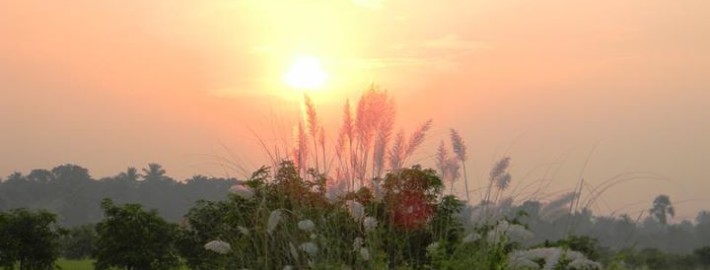
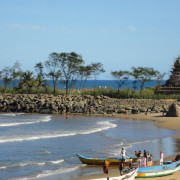
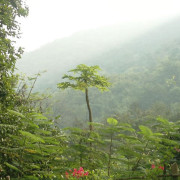
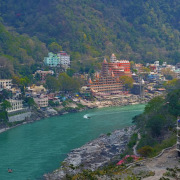
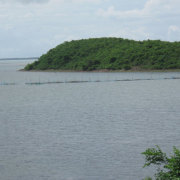
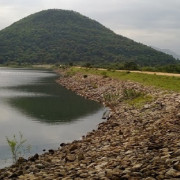

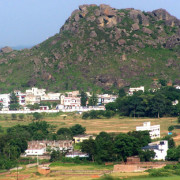
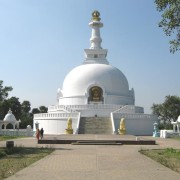


Leave a Reply
Want to join the discussion?Feel free to contribute!